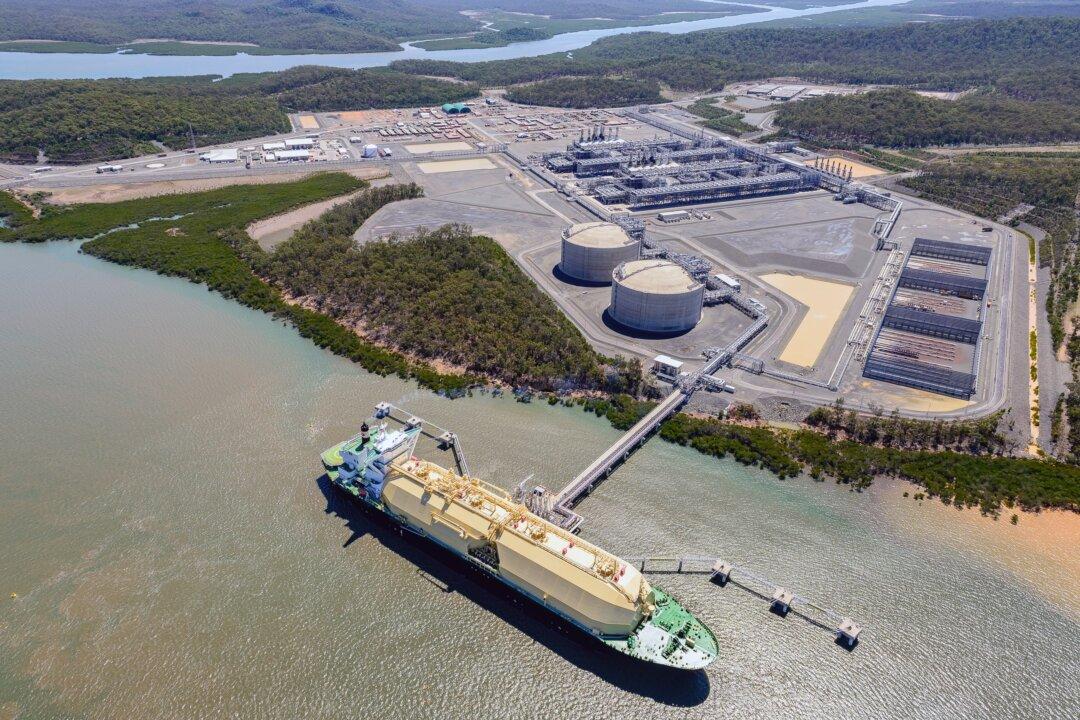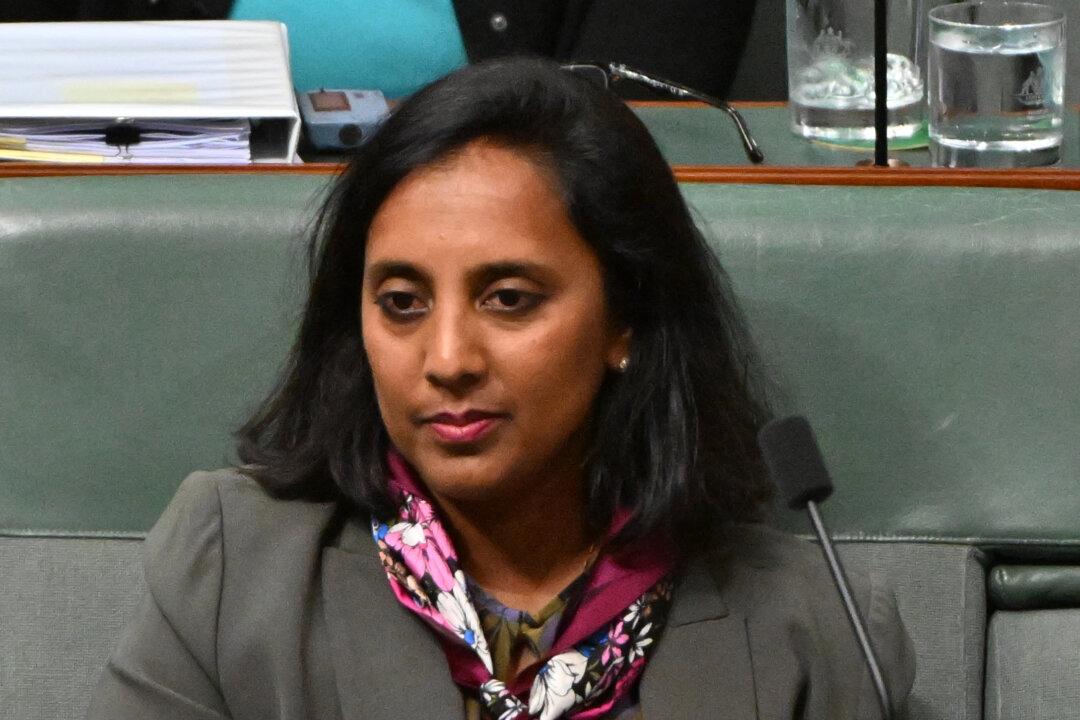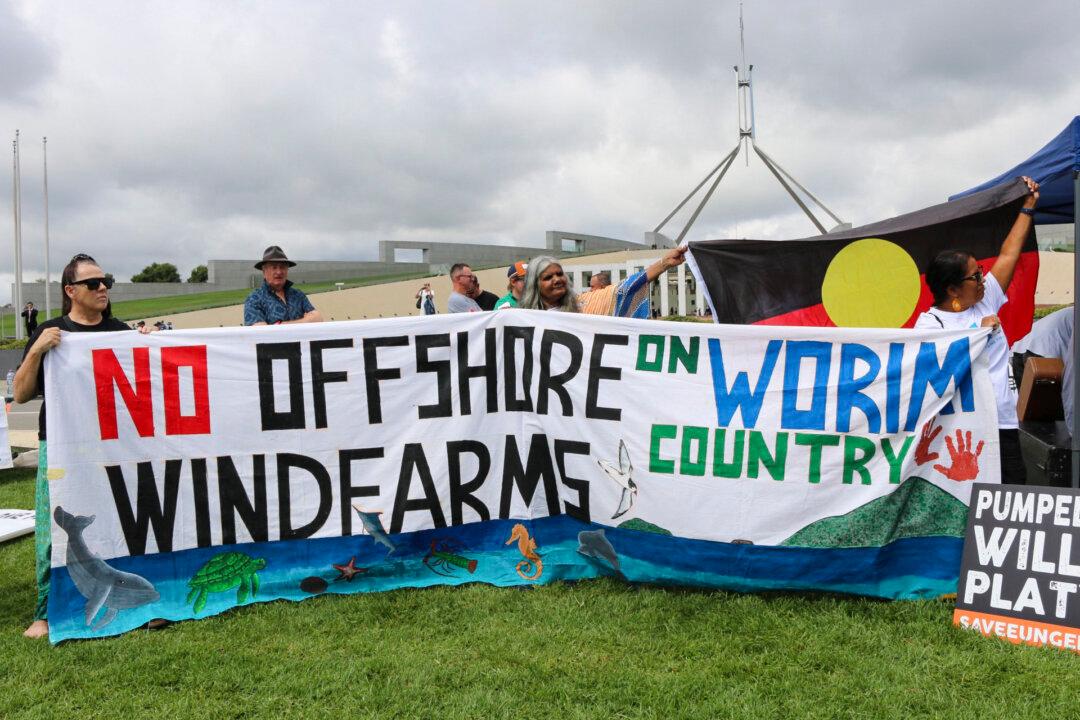A gas import terminal project in New South Wales (NSW)—projected to meet up to 80 percent of the state’s gas demand—has been scrapped amid forecasts of shortages in Australia’s east coast gas market in 2023.
The project, run by Energy Projects and Infrastructure Korea (EPIK), stopped all development of the $589 million (US$416 million) project in September 2022, saying it was economically unfeasible, according to a report (pdf) by the Australian Competition and Consumer Commission (ACCC).





